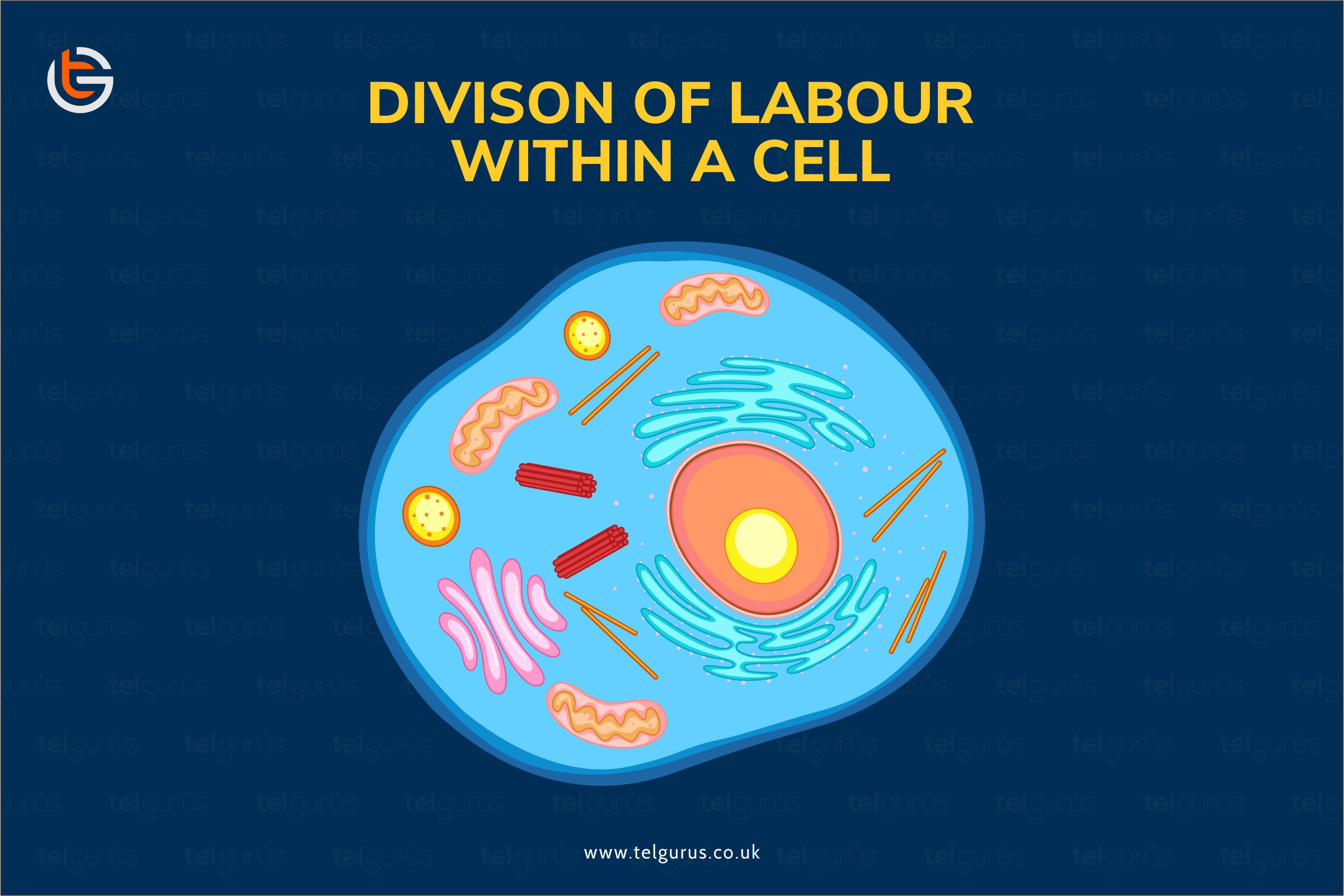Enrich your knowledge with our informative blogs
What is the division of labour within a cell?

In multicellular organisms, millions and trillions of cells are present, and each of these cells performs some specific function. All the cells in an organism that performs an identical function are referred to as tissue.
Similarly, several diverse functions are generally carried out at a different cell group that is known as division of labour in a multicellular organism.
Let us get acquainted with everything you need to know about the term “Division of Labour”.
What does the term “division of labour” signify?
The term “Division of labour” describes the cell organelles’ specialized functions that come together to make sure that the cell is capable of surviving and performing its role in the body.
The division of labour differs from cell to cell as the diverse cells perform various functions based on the tissue and its location.
For instance, the nervous system’s cells, or say, nerve cells, generally perform the nerve impulse conduction function. In contrast, the red blood cells or the circulatory system’s cells perform the transportation function of nutrients, gases, and waste.
Understanding with the help of an example!
For instance,
The beta cells present in the pancreas are generally responsible for liberating insulin to the bloodstream. However, for the beta cells to liberate insulin, there requires an effective division of labour within the cell.
Initially, the gene for insulin experiences the transcription process within the nucleus, and the subsequent mRNA molecule leaves the nucleus all the way through nuclear pores.
The ribosomes attached to rough ER further synthesize the insulin from mRNA. The insulin protein is then transported into the vesicles towards the Golgi apparatus, where they may be altered slightly with the carbohydrate’s addition or simply packaged to vesicles again.
The insulin then further navigates in the vesicles towards the cell’s plasma membrane, where it is additionally secreted through exocytosis.
This example of the division of labour indicates how the ribosomes, rough ER, Golgi apparatus, vesicles, and nucleus work in tandem to perform a vital pancreas’ metabolic function.
However, all the organelles are included in the division of labour within a cell because each of the organelles performs some sort of function required for the cell’s survival as a whole.
Bottom Line!
In a cell, the division of labour states that the diverse tasks are performed by the various cells of the body. Division of labour basically refers to a characteristic feature of multicellular organisms.
We hope this answer gave you a clear idea about the term “Division of labour”.
Read More – Biology Questions
View More – Useful links for Your Child’s Development

Visualize the in-depth understanding of the natural world!
Biology would sound more interesting when your curiosity levels are satisfied with better visuals & logical explanations.
Categories
Recent Posts
- List of the qualities you should look for in your tutors?
- What is the most useful formulas in math?
- Describe the process of eating to defecation of food?
- Difference between the natural and artificial active response by the immunology system.
- Explain the different circle theorems
- How are nerve cells adapted to their function?










